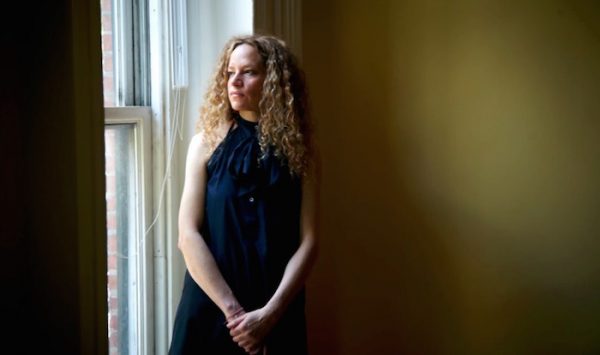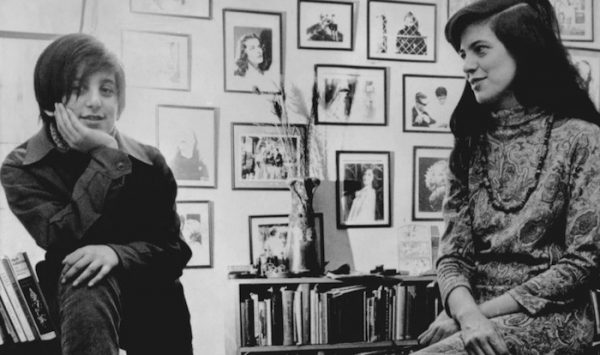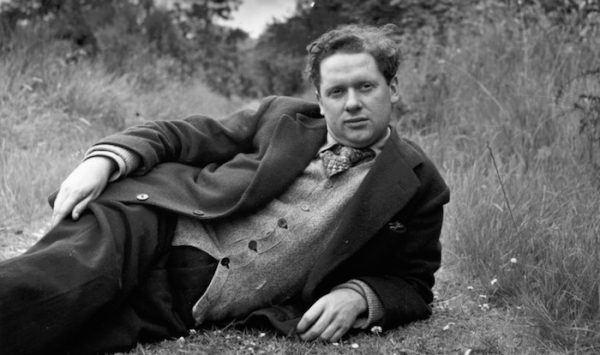This study of Susan Sontag, Sigmund Freud, John Updike, and how they coped with the mystery of extinction, is also a memoir about brushes with mortality

Katie Roiphe begins her study of writers in their last hours with the story of a near-death experience: her own. At the age of 12 she began coughing up blood, but decided not to tell anyone – not her parents, or sisters, or doctor. She had in fact developed acute pneumonia, and after an operation that removed half of a lung she came out of hospital weighing 60lb, “too weak to open a door”. Ever since that narrow escape, death became her obsession, but one that continued to defy understanding or articulation. Who could make sense of such a thing? Her answer: great writers, specifically great writers as they approached death’s door. “I think if I can capture death on the page, I’ll repair or heal something. I’ll feel better. It comes down to that.” This mini-memoir, and a coda, are the most compelling parts of The Violet Hour. They bookend a sequence of five case studies of writers whose thoughts on mortality are often arresting, sometimes moving, yet never add up to a coherent vision of what Henry James called “the distinguished thing”.
Roiphe (above), an essayist, teacher and contrarian, is a woman up for a challenge. Her most recent books – a study of literary unions, Uncommon Arrangements, andIn Praise of Messy Lives, a scattershot broadside against the way we live now – reveal her tough, unbiddable, non-ingratiating character. Fittingly, her first subject is Susan Sontag, a writer whose personal and intellectual fierceness could be Roiphe’s model. Sontag’s determination to outface death became part of her legend. She had already survived cancer, twice, when she was diagnosed with leukaemia in 2004. Believing herself to be “exceptional”, she rejected the evidence, adopting a get-well-or-die-trying attitude that caused intense anguish among the people who cared for her – her son David, friends, nurses, hired hands. She took up cudgels once again, enduring chemo and the dangerous procedure of a bone marrow transplant. The treatment caused her shocking physical agony. At this point I couldn’t help thinking of Woody Allen’s line: “I don’t want to achieve immortality through my work. I want to achieve it through not dying.”

Sontag is an extreme case – and the only woman – in this book. Her example is unlikely to make Roiphe, or anyone, “feel better” about death. Sigmund Freud, on the other hand, adopted the opposite approach. Even as a young man he disliked the idea of “prolonging life at all costs”. Stricken by an inoperable cancer of the jaw, he refused any painkillers other than aspirin. “I prefer to think in torment than not to be able to think clearly,” he said. Was his stoicism a better, braver way to face the end? As Larkin wrote in “Aubade”, “Death is no different whined at than withstood”. His disciples believed that Freud had no terror of the end, but Roiphe wonders if he protested his indifference too much: he may have been trying to persuade himself that he didn’t care.
Shadowing Roiphe’s book is a tentative desire to find something consolatory – a truth, a meaning – in death. Can writers teach us how to die? The uncertain, provisional nature of her project is evident. Instead of a continuous narrative, she writes in discrete floating paragraphs, as if conducting a philosophical investigation. Either that, or she doesn’t quite know how to structure her argument. Maurice Sendak, a writer and illustrator she has revered from childhood, described death “as if it is a friend who is waiting for him”. He suffered a heart attack at 39, but lived on till his 80s. He owned Keats’s original death mask and would take it out “to stroke the smooth white forehead”. When his lover died, Sendak drew his corpse, obeying the creative instinct “to turn something terrible into art”. Here Roiphe does get at something useful, which is the consolation of work: “For the time it takes to draw what is in front of you, you are not helpless or a bystander or bereft: You are doing your job.” (I would take “or bereft” out of that sentence.)
John Updike, characteristically, worked unto the last, writing some of his most poignant poems (in Endpoint) from his hospital bed. Like Freud, he cleaved to stoicism in considering death, but unlike him had sought comfort in religious faith and sexual adventure, the latter his way – or at least his characters’ way – of cheating mortality: “If you have a secret, submerged, second life, you have somehow transcended or outwitted the confines of a single life.” In an almost too-perfect illustration of his twin drives we learn that Updike plotted Couples, his great novel of adultery, while in church – “little shivers and urgencies I would jot down on the program”. The oddness of this chapter, however, concerns what happened between Updike’s family during his last illness. His first wife Mary and their four grown-up children seem to have come a cropper under the Cerberus-like vigilance of his second wife Martha. The children felt that Martha, perhaps with her husband’s tacit agreement, restricted their “alone-time” with Updike. This is interesting as gossip, but I can’t see how it enlarges our understanding of the writer or his work.

Even less illuminating is the record of Dylan Thomas’s bibulous last days in New York, swaggering – or staggering – from hotel to pub to hospital and thence into a coma. Roiphe notes that myths have clustered around his death, and the causes of it. Some still argue that he “wasn’t an alcoholic”. Seriously? Put it this way: if Dylan Thomas was not an alcoholic then his was an even more horrifying personality than at first appears. Addiction would at least explain, if not excuse, his lechery, his flakiness, his self-pity, his self-loathing, his tendency to steal from his friends, and the fact that he had written only six poems in his last six years. At 39, Thomas is the youngest to go of this small assembly and the one whose death I felt least inclined to lament.
The Violet Hour does, however, rally at the end. For reasons the author doesn’t entirely understand she seeks an interview with James Salter, then 89 years old, and nearly the last Great American Novelist. To her surprise he agrees to talk. Perhaps it is her contact with a living subject, perhaps it is Salter’s wry, Delphic way with words, or the fact that he came close to death as a fighter pilot in Korea, but something is unlocked by their encounter and Roiphe at last identifies what her quest has been about – not death but the fear of death: “The knowing you are about to die. The panic of its approach … That’s what I’ve been trying to write my way through.” It returns her to another formative moment in her life, the sudden collapse of her father – a heart attack in the lobby of his building – and her belated realisation that he must have felt pain in the minutes before he died. She is excruciated by the idea of his pain, and that he may have panicked. “The idea that he didn’t have time to be afraid had consoled me.”
This book is Roiphe’s haunting but muddled attempt to come to terms with the mystery of extinction. Her father died, and she will never know what he was going through. Salter, who died last year, knew best: “Don’t dwell on it.”
Complete Article HERE!
